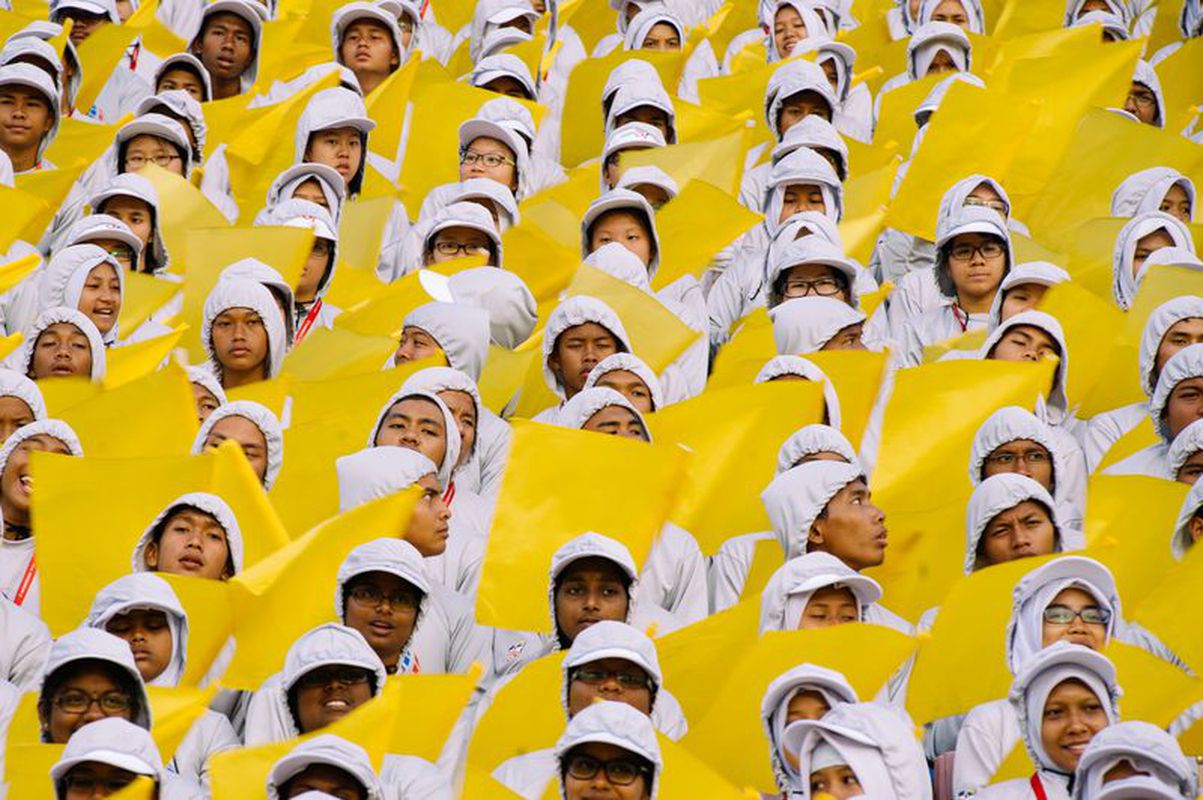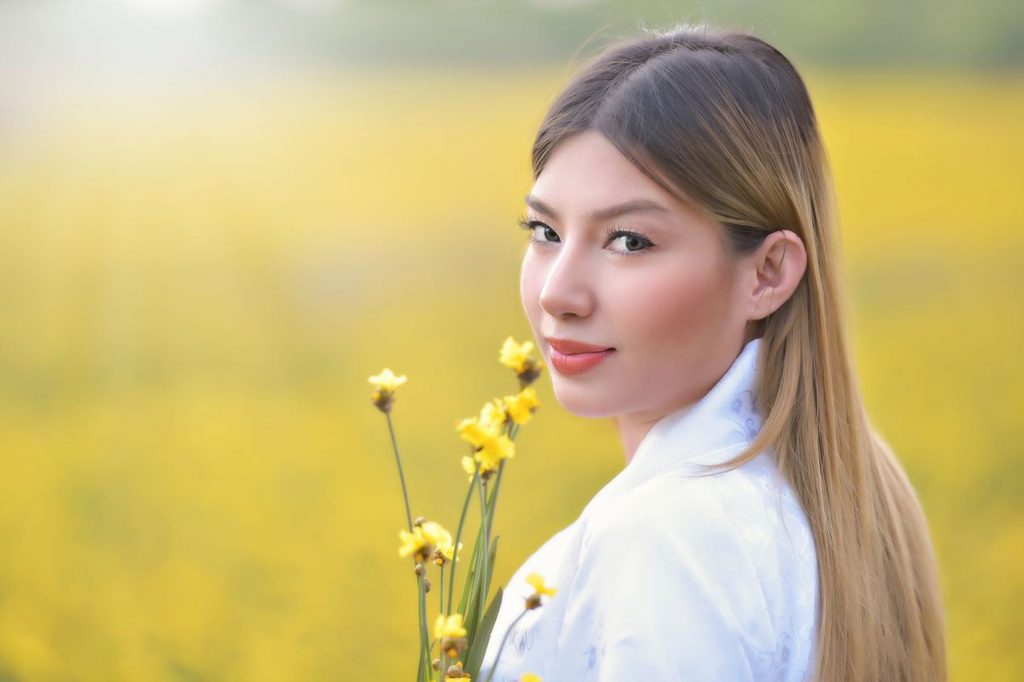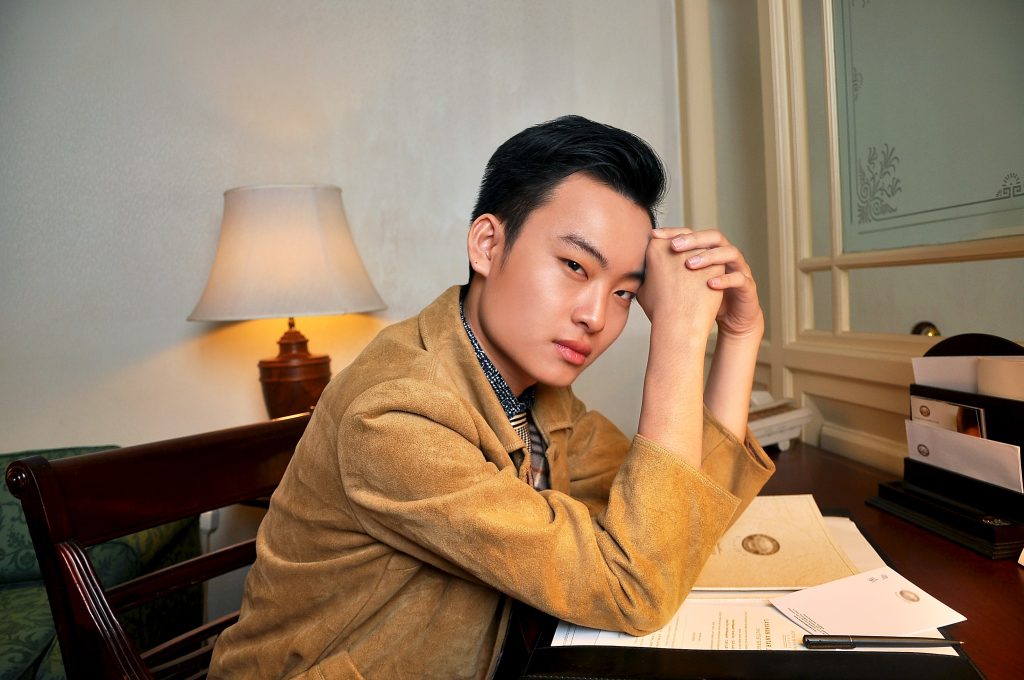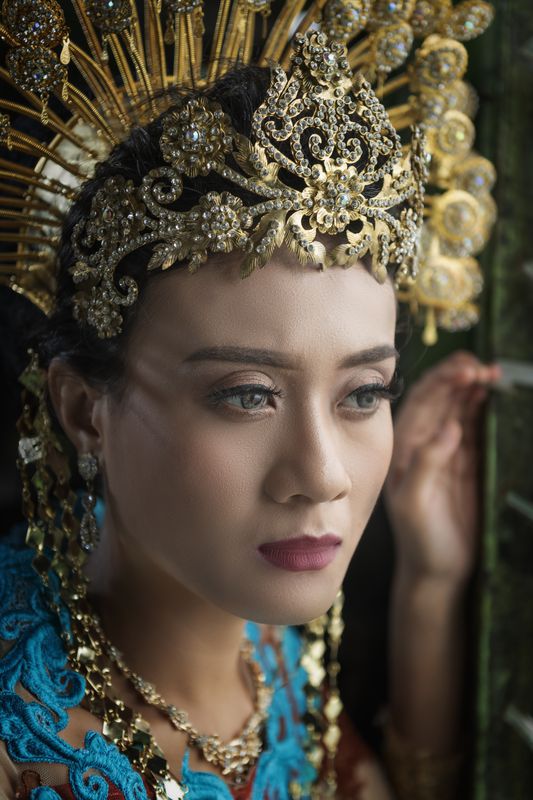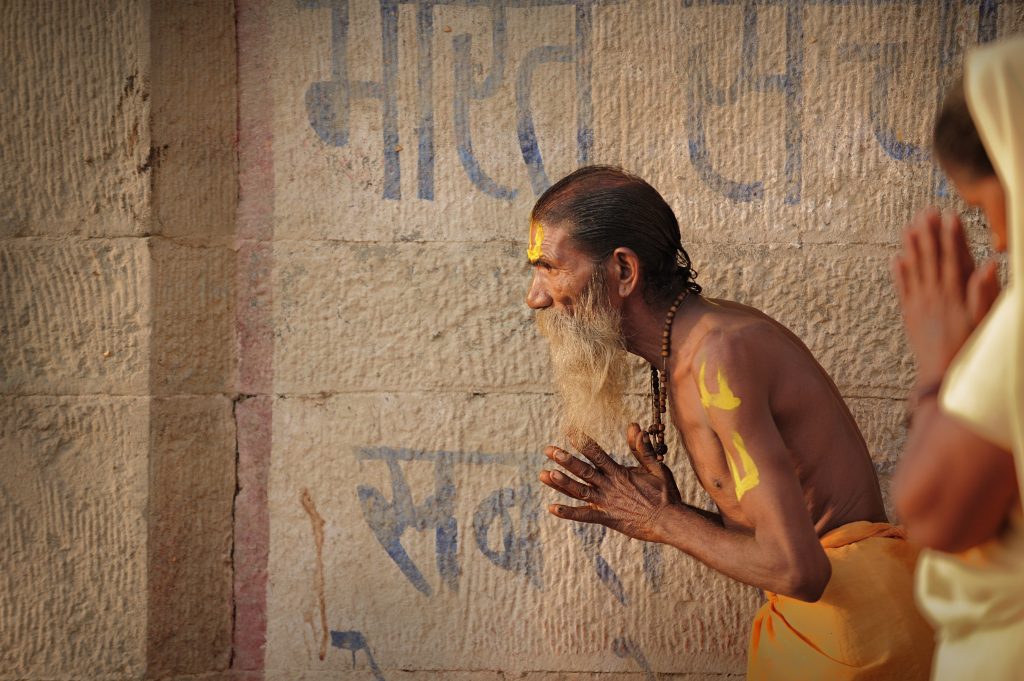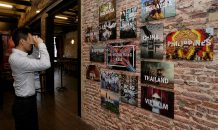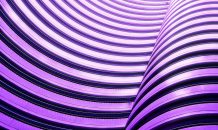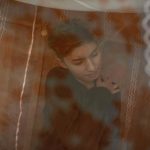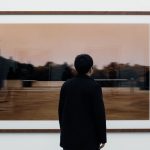Like the twinkle in your eyes before a hot date, yellow’s colour psychology involves grabbing attention and… well, shedding light on a frame. Radiant and bold as it is, yellow actually has multiple personalities (so to speak) and can be jarring when used excessively. Here’s the low-down on yellow’s undiagnosed identity crisis, and how best to use it in photography.
Joy, Warmth and Radiance
Yellow embodies spirituality, optimism, and happiness. Mimicking sunshine, it stimulates our left brain functions and associates itself with warm light, brightening a photo instantly. When placed on a subject, it emphasises warmth and radiance, especially when the other two primary colours are left out of the frame.
Confidence and Ego
This colour can connote an elevated sense of self. A subject wearing yellow can look confident even in a candid shot, and if darker shades of yellow are used, these can amplify a subject’s ego. Muted greens and reds help to frame these qualities in your photo effectively.
Curiosity
Remember Dick Tracy and that signature yellow coat and hat? Golden yellow encourages curiosity, and is often associated with investigations. If the photo’s visual message is curiosity, the subject would look perfect in a frame mixed with pinks and blues: symbolic of the endless discoveries surrounding them.
Anxiety and Frustration
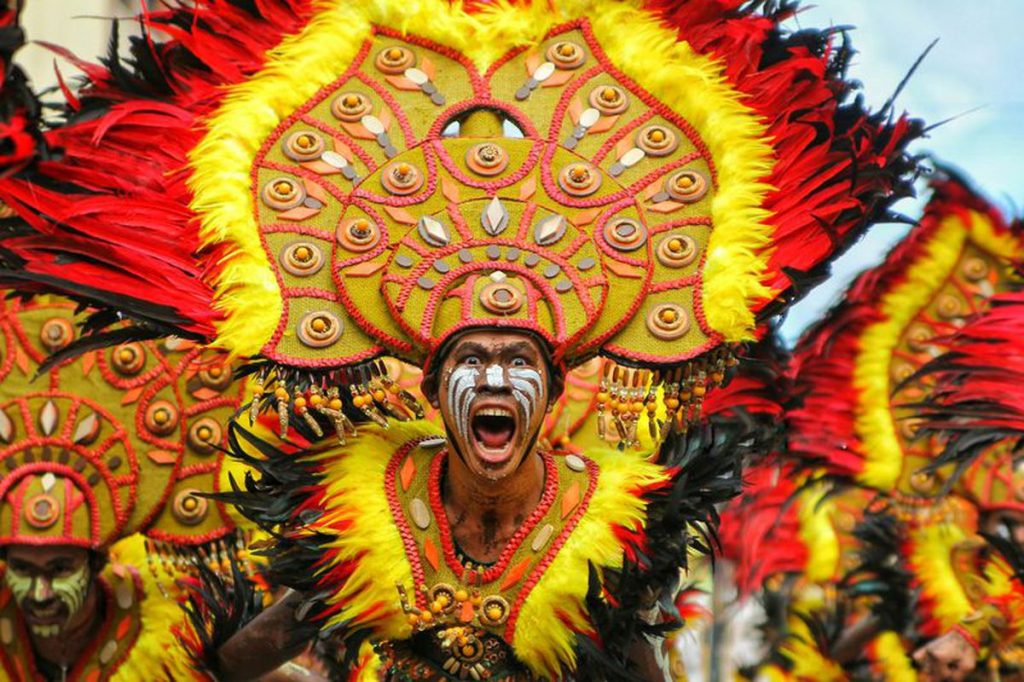
Ronan Dumaguit/PIXERF
As yellow is very reflective, it fatigues the eye when you look at it for long periods. Yellow can cause anxiety which can later turn into frustration. We’ve looked at how red lipstick on a woman can make her appear sensuous, but if she has intensely yellow teeth, this could have quite the opposite effect. (Take a minute to dissipate that mental image, if you need to.)
Overpowering a frame with yellow can be counter-intuitive, especially when creating visual content for marketing. If a frame is predominantly yellow, create contrast with other colours: break monotony with a contrasting subject or increase exposure to make it easy on the eye.
In Asian Culture
In Asia, yellow is associated with freedom and humility, commonly seen on Buddhist monks and around Buddhist temples. It represents sanctity and divinity in Indian culture, and royalty in Malay culture, akin to gold.
In a Photograph
An intense and captivating colour, yellow should be used sparingly in photography to avoid visual fatigue — and to minimise the unintended effects of its multiple personality on your visual message and theme.
Do you use yellow in your photography to convey any of these emotions? What other ways do you use yellow as an aesthetic and psychological tool in your photography? Leave us a comment below to share!

